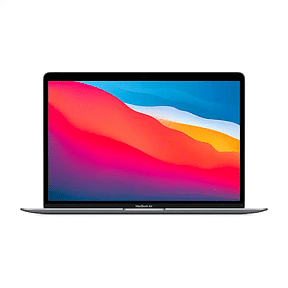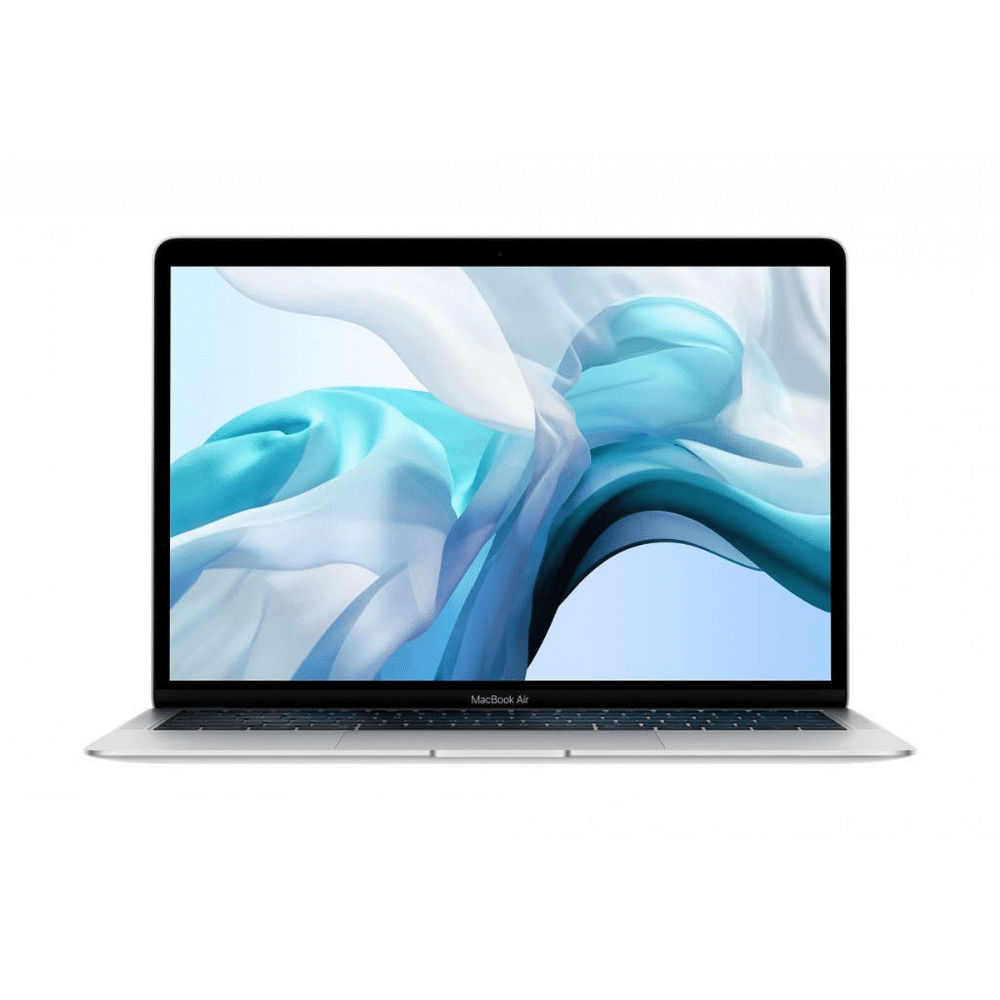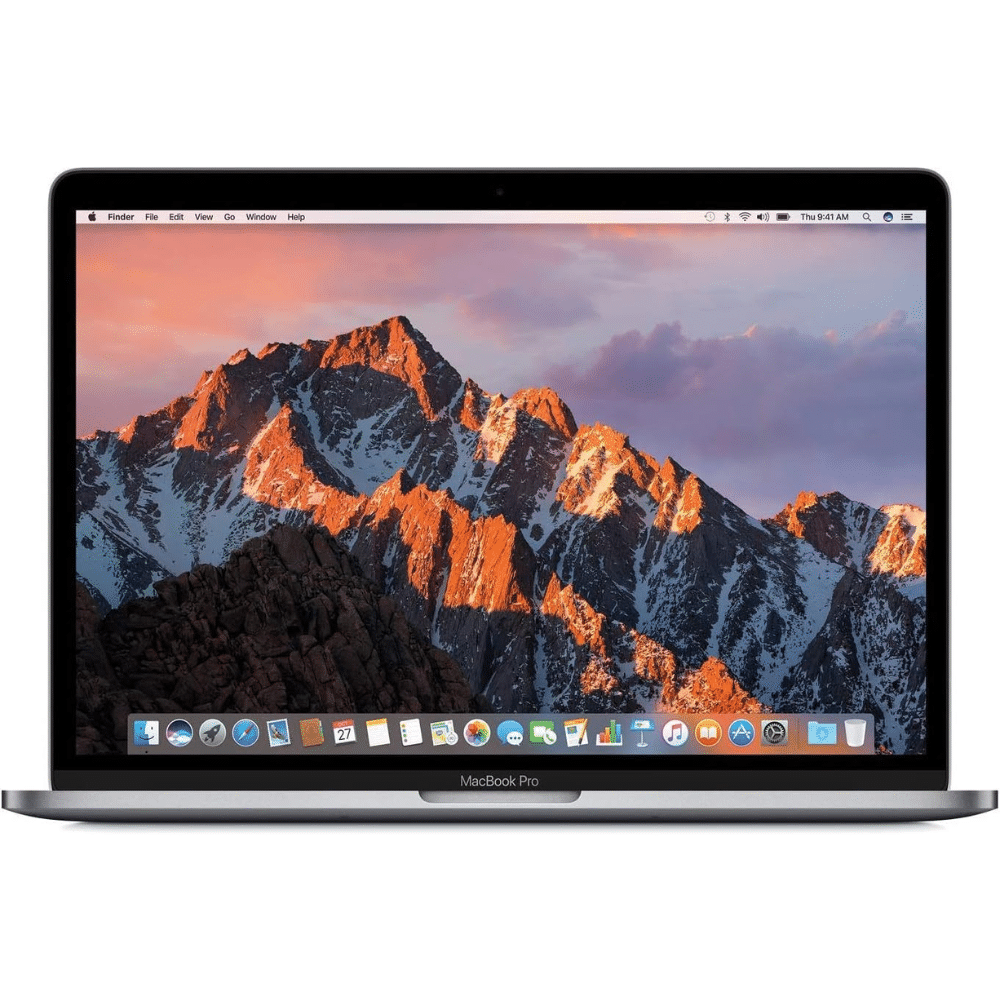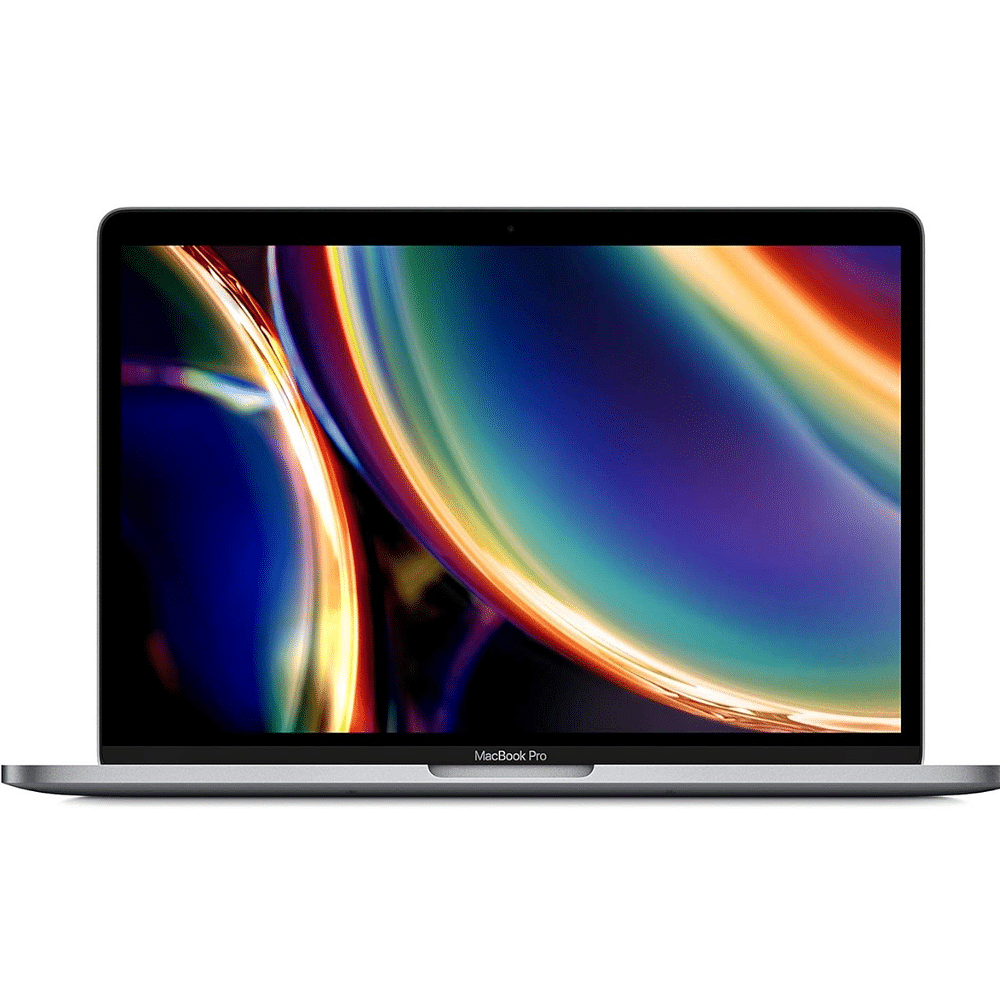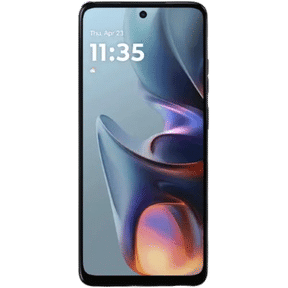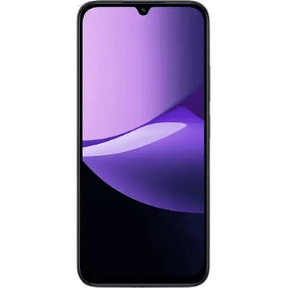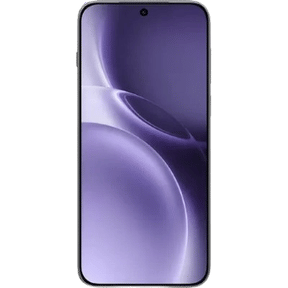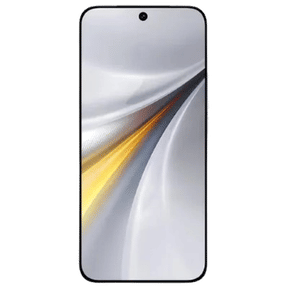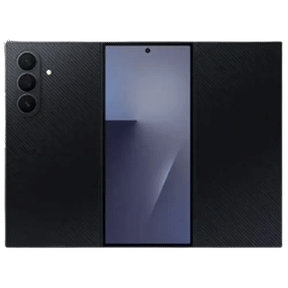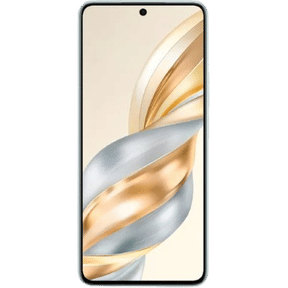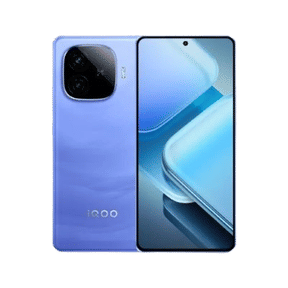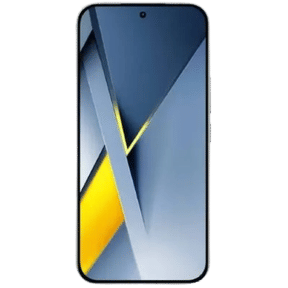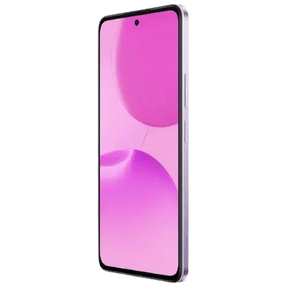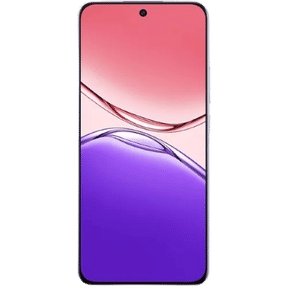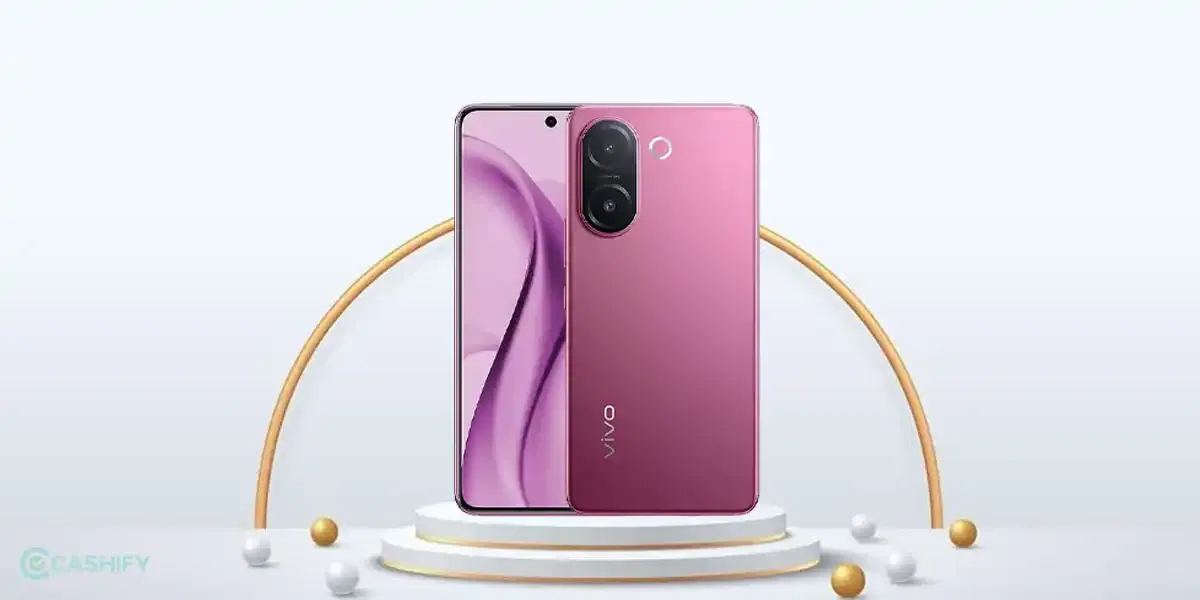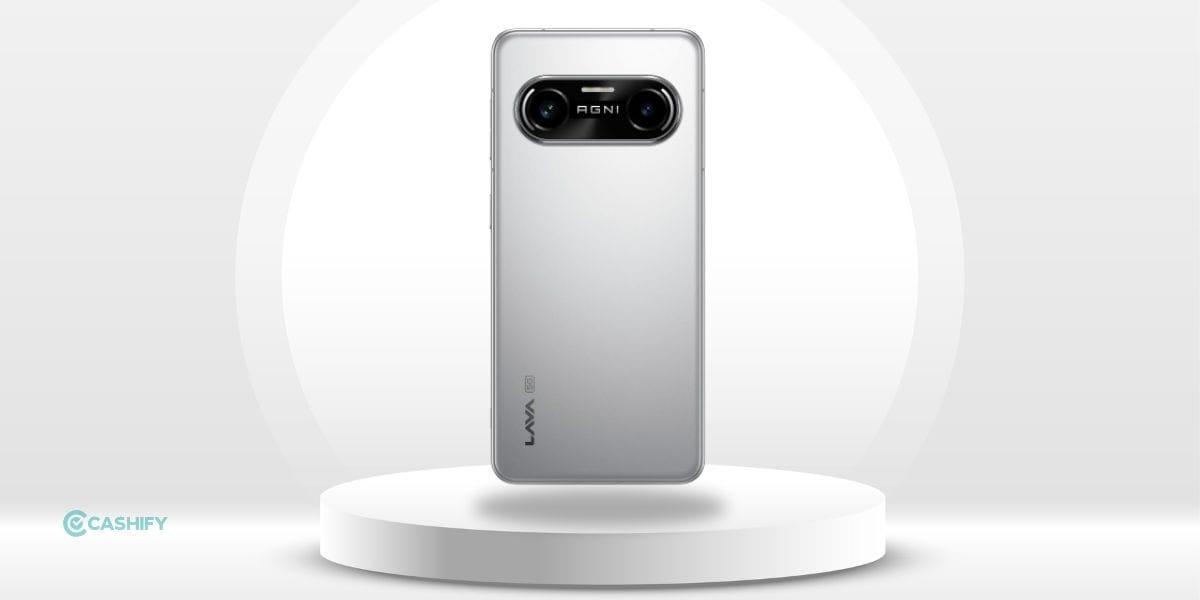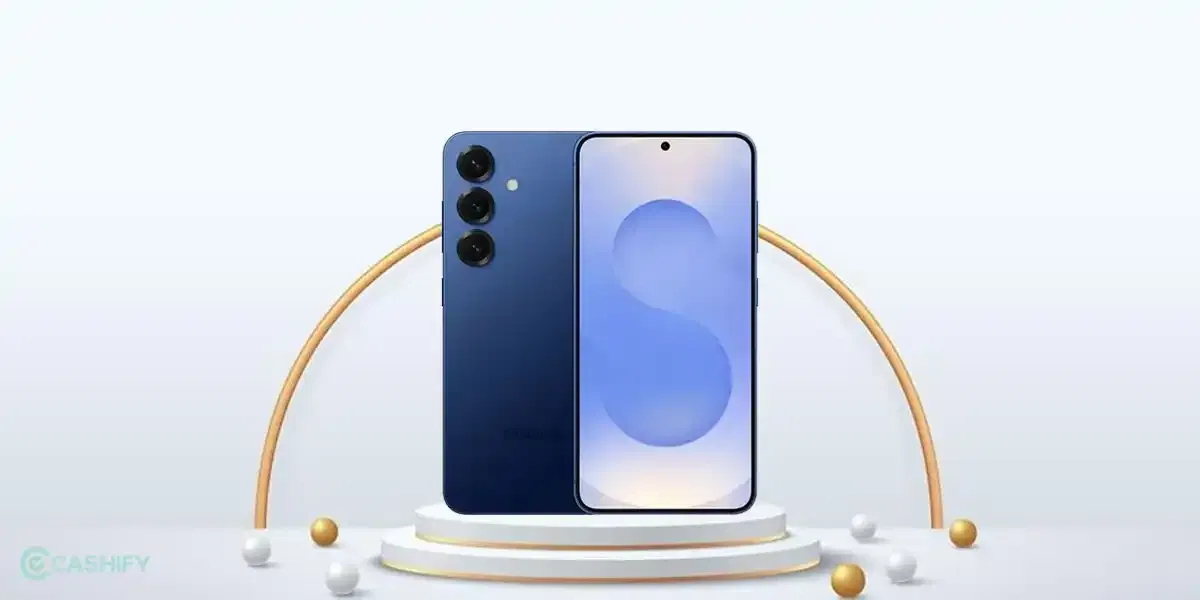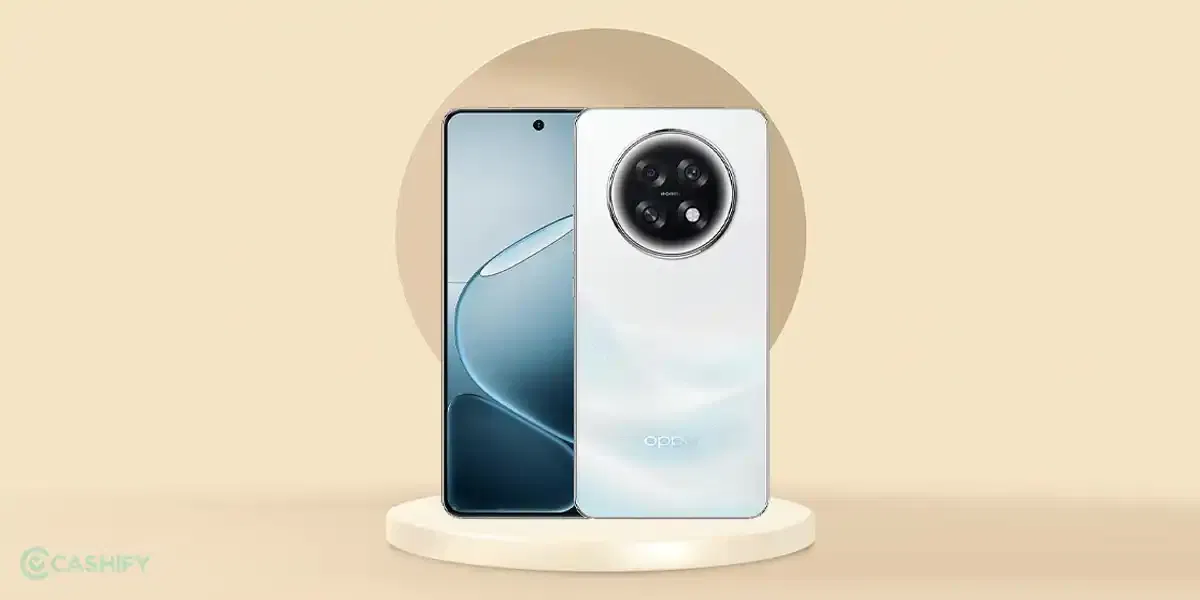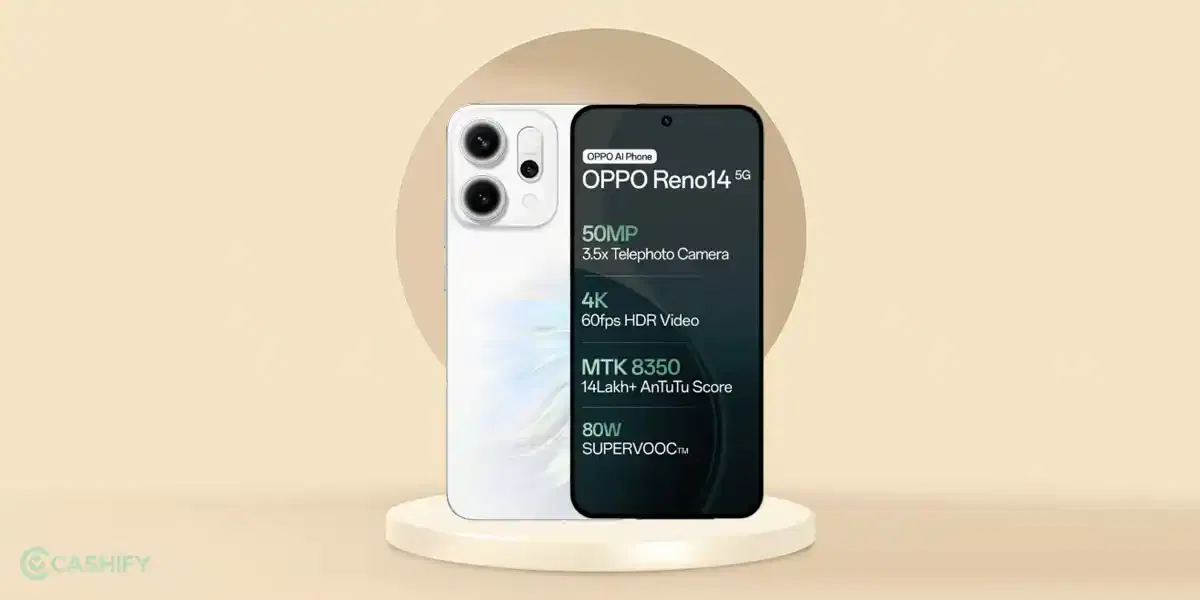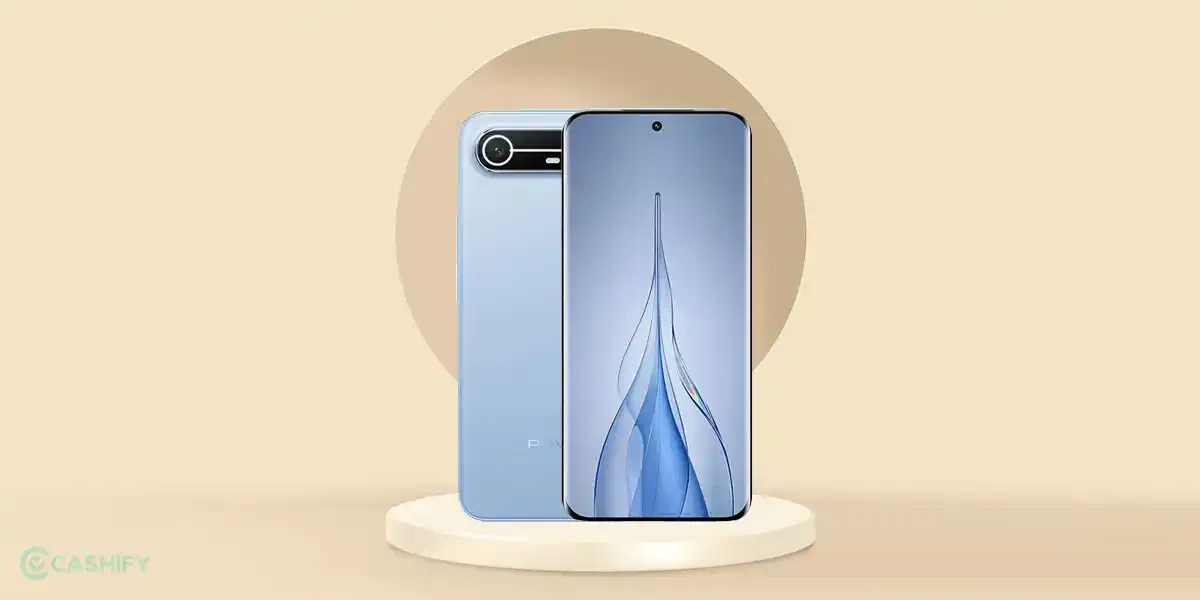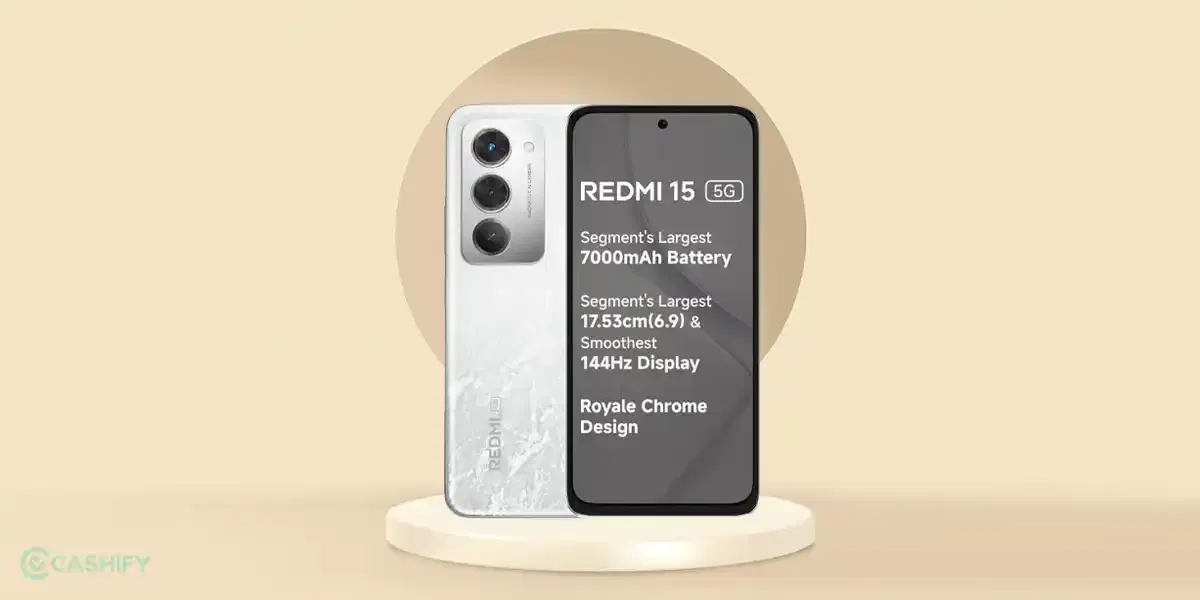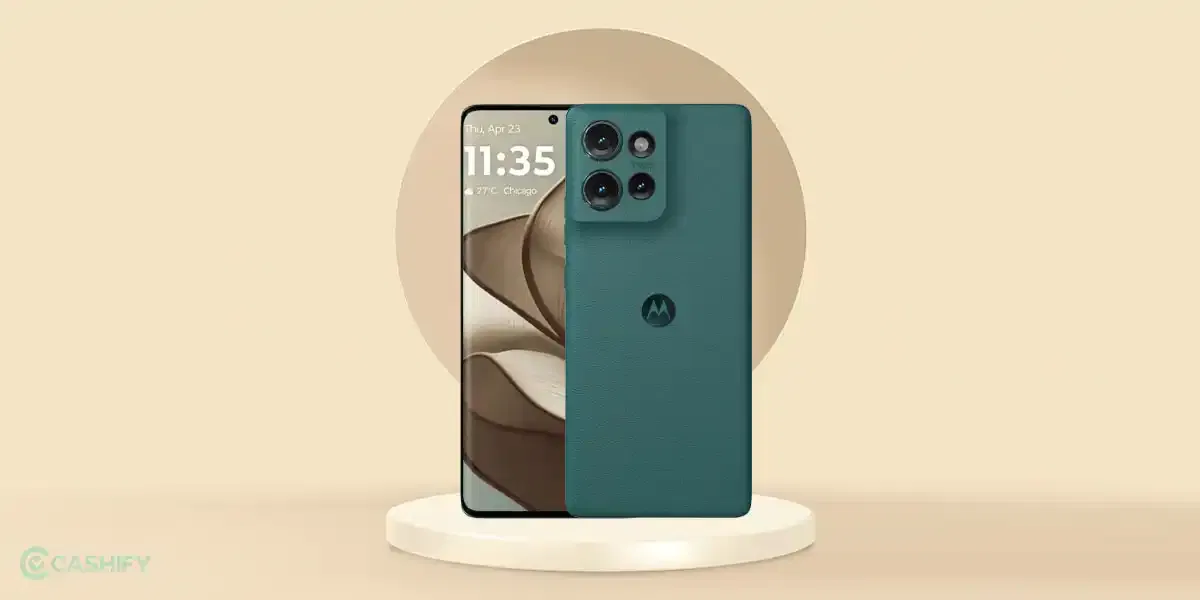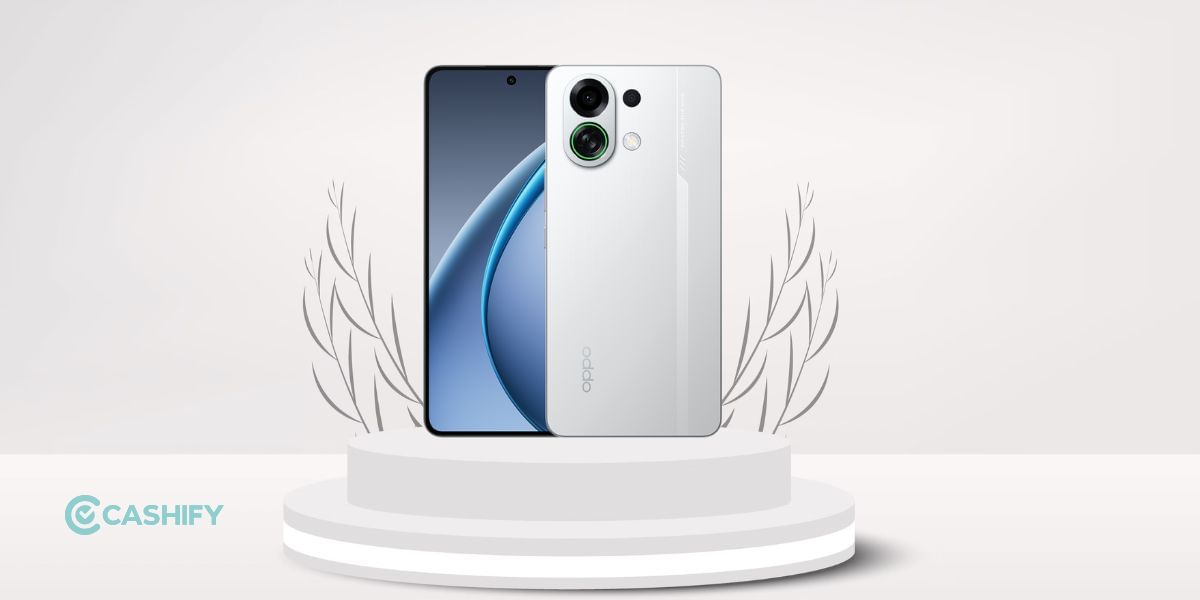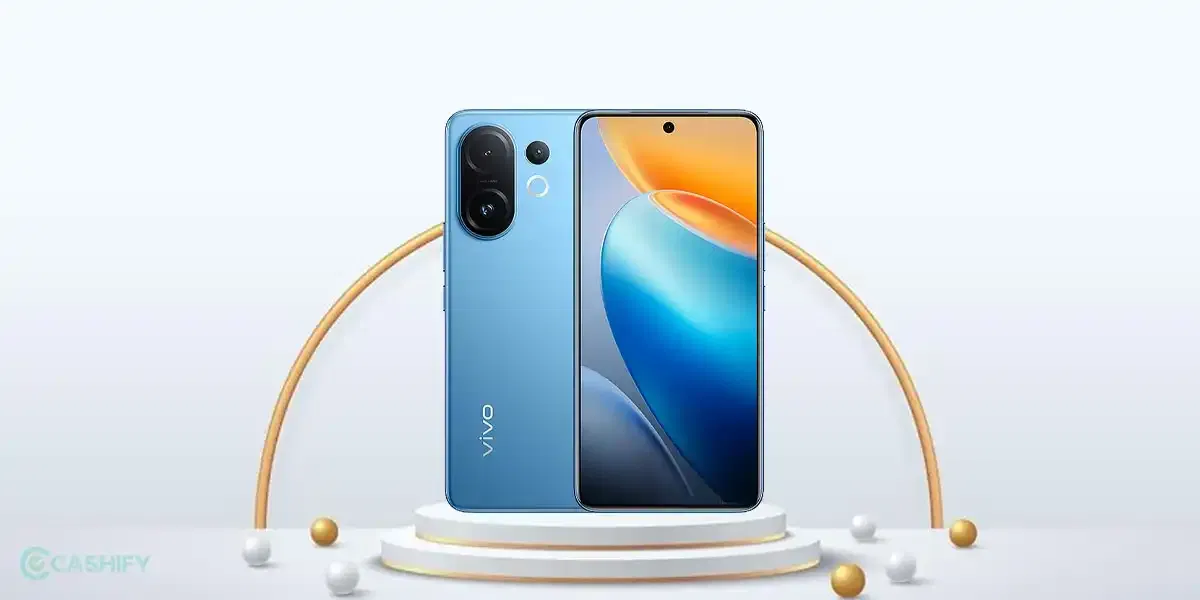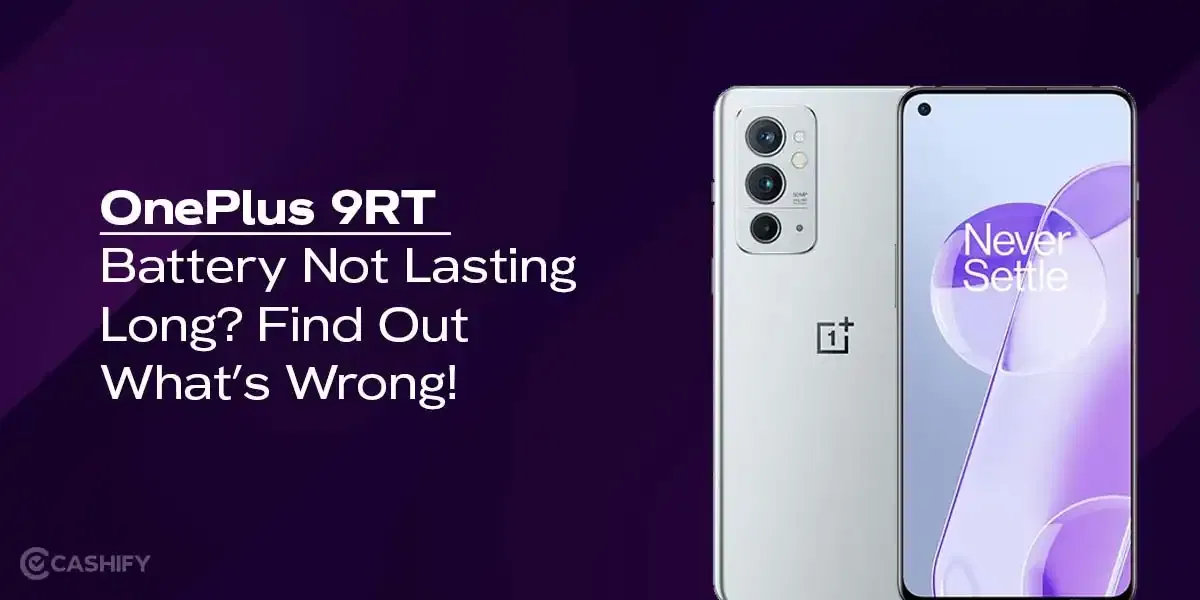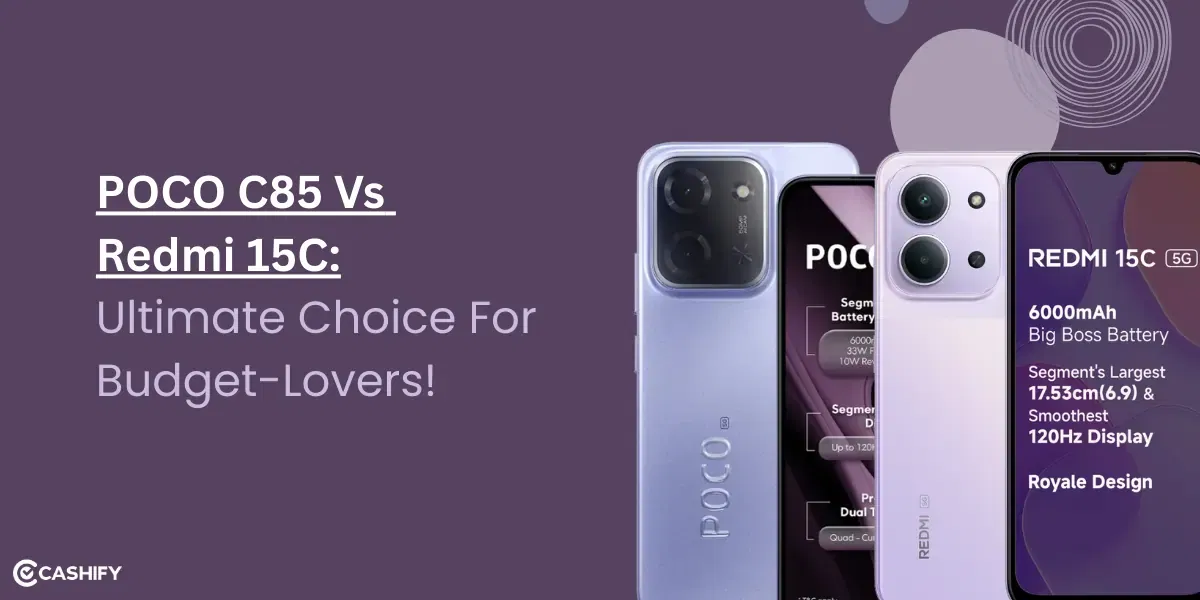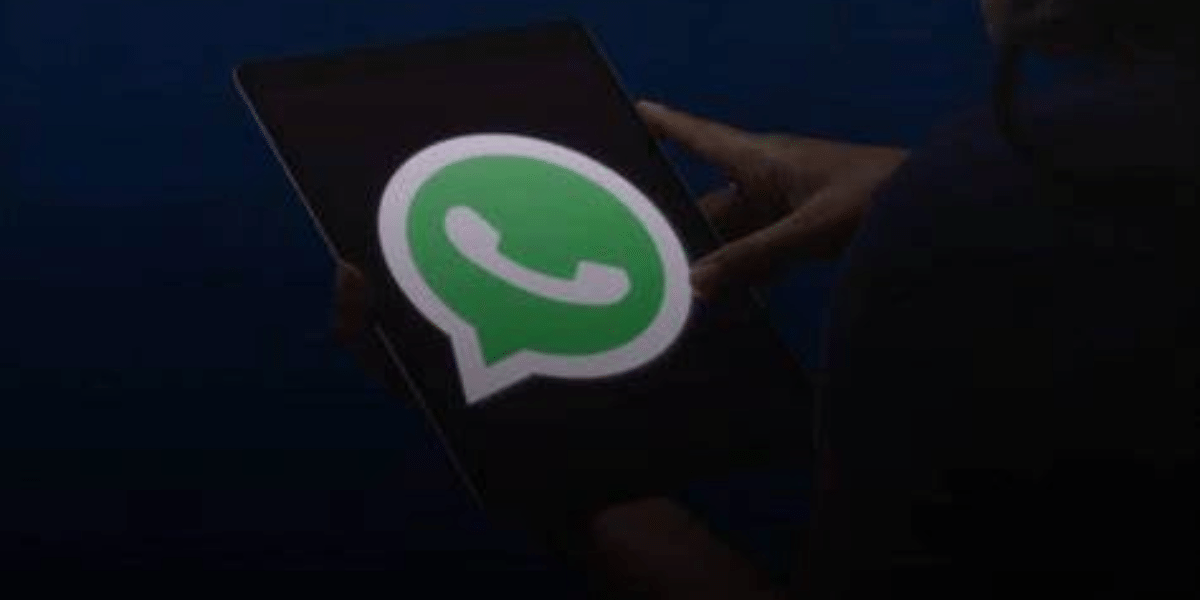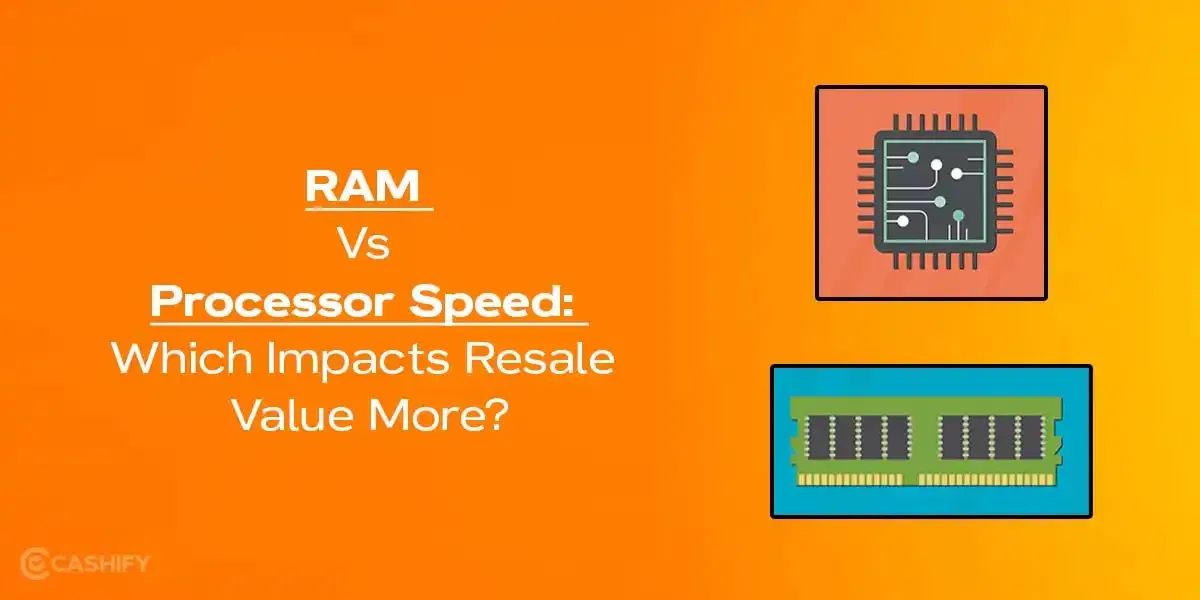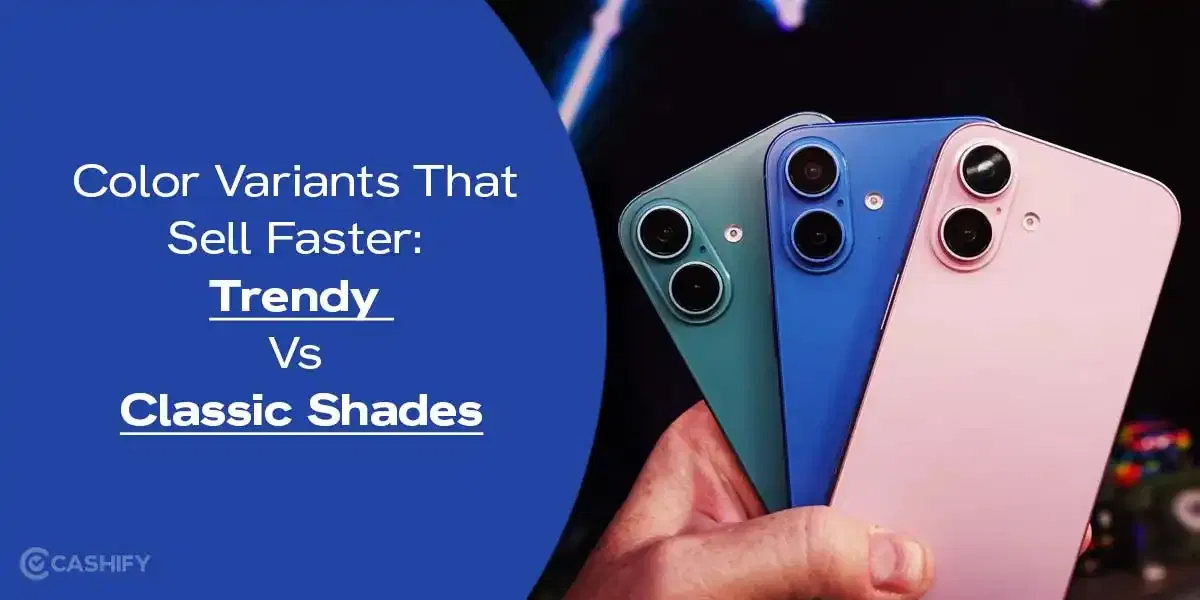
Score
LG V50 ThinQ 5G
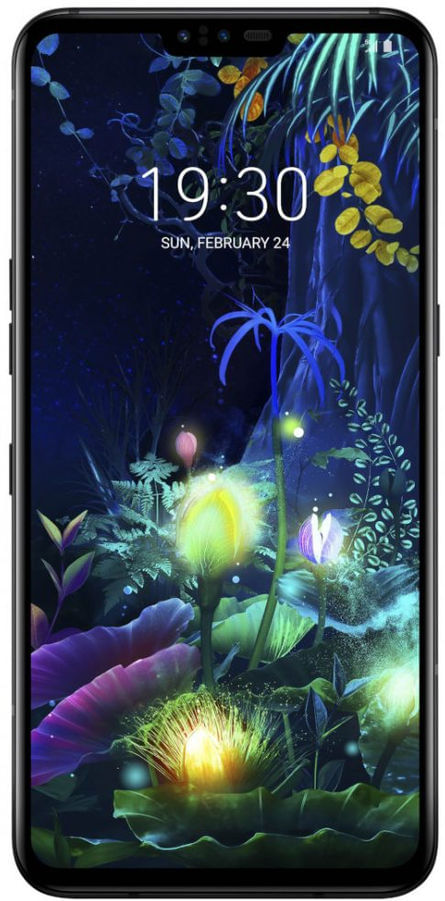
In the imminent age of foldable phones and 5G handsets, LG ThinQ arrives as the phone of the future. Priced at Rs. 55,000, the LG V50 ThinQ comes with a promise to keep you with the times in the future.
LG V50 ThinQ is a phone from the future. Arriving with 5G and mimicking the foldable property of the latest phones, LG V50 ThinQ does not hold back in its performance or battery capacity. It comes as a competitive phone, looking to get a place in your hearts, even if you are not an LG lover.
About the Product Overview
LG V50 ThinQ does not step back from being the flagship it sets out to be. It comes with a few pros and cons:
Pros
- LG V50 ThinQ has the LG-based minimalist design going for it along with its shock-free durability.
- The LG Dual-Screen technology is an excellent answer to the modern foldable phones and aids in multitasking.
- Powered by the Snapdragon 855, this phone can reach breakneck speeds with apps and the latest games.
- The phone comes with adequate battery under its hood that keeps it chugging through most of the day.
- It is a 5G compatible phone.
- The wide-angle camera, along with telephoto lens, is capable enough to click amazing shots. Even low-light photos turn out decent and well-defined.
Cons
- The phone is on the heavier end.
- The selfie camera does not produce as good a selfie as the Time-of-flight enabled selfie of LG G8.
As a new phone, the LG V50 ThinQ seems futureproof. It comes with 5G capabilities, but the real stealer is the DualScreen technology which could be a great alternative to foldable phones. If you are an LG fan and want a phone for the long-run, then LG V50 ThinQ has got you covered.
